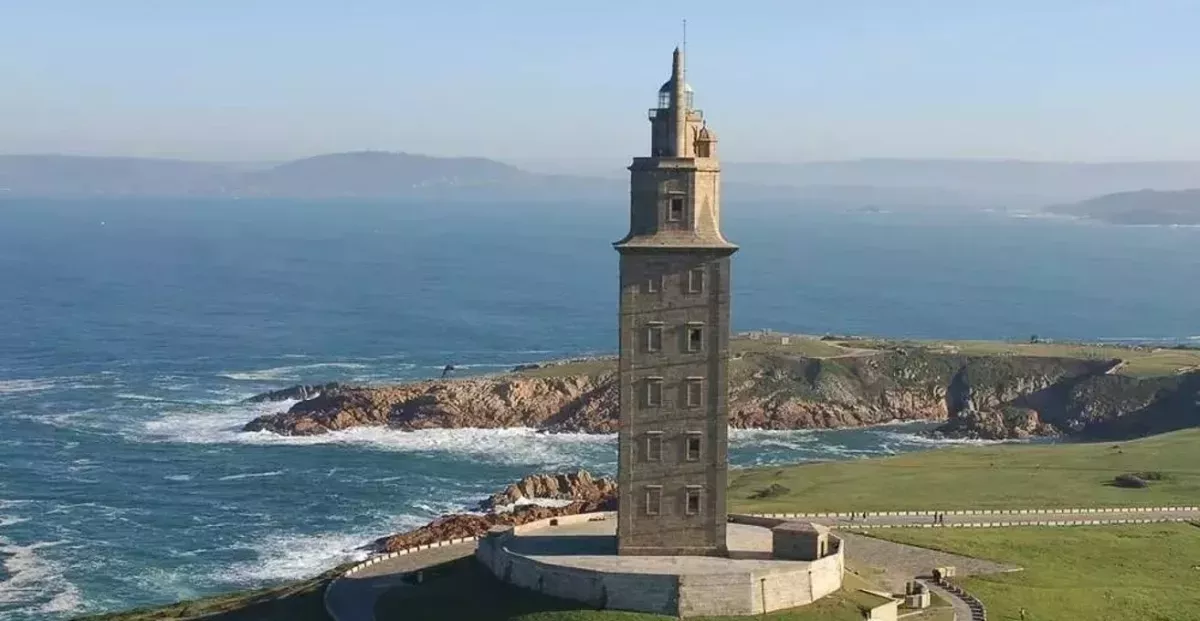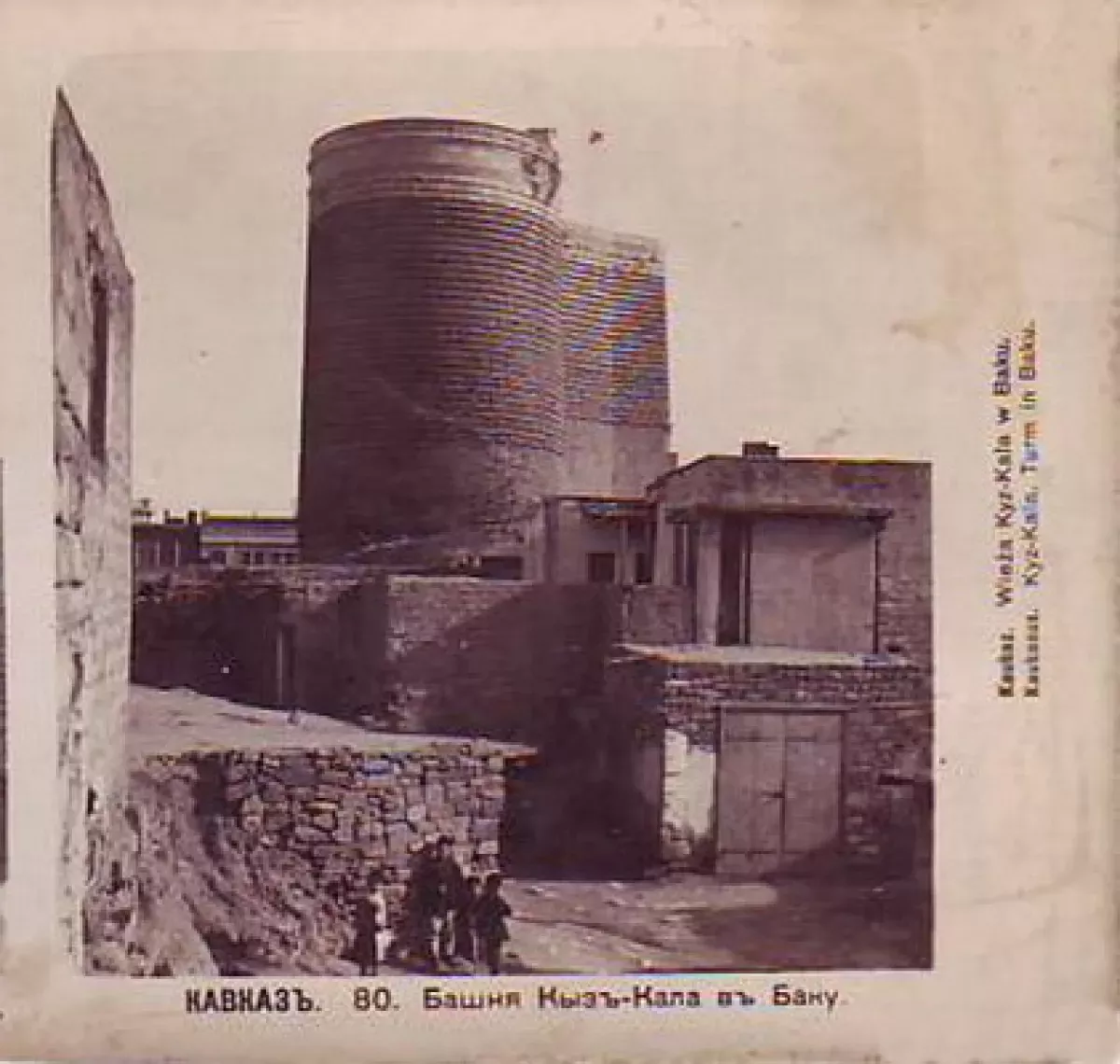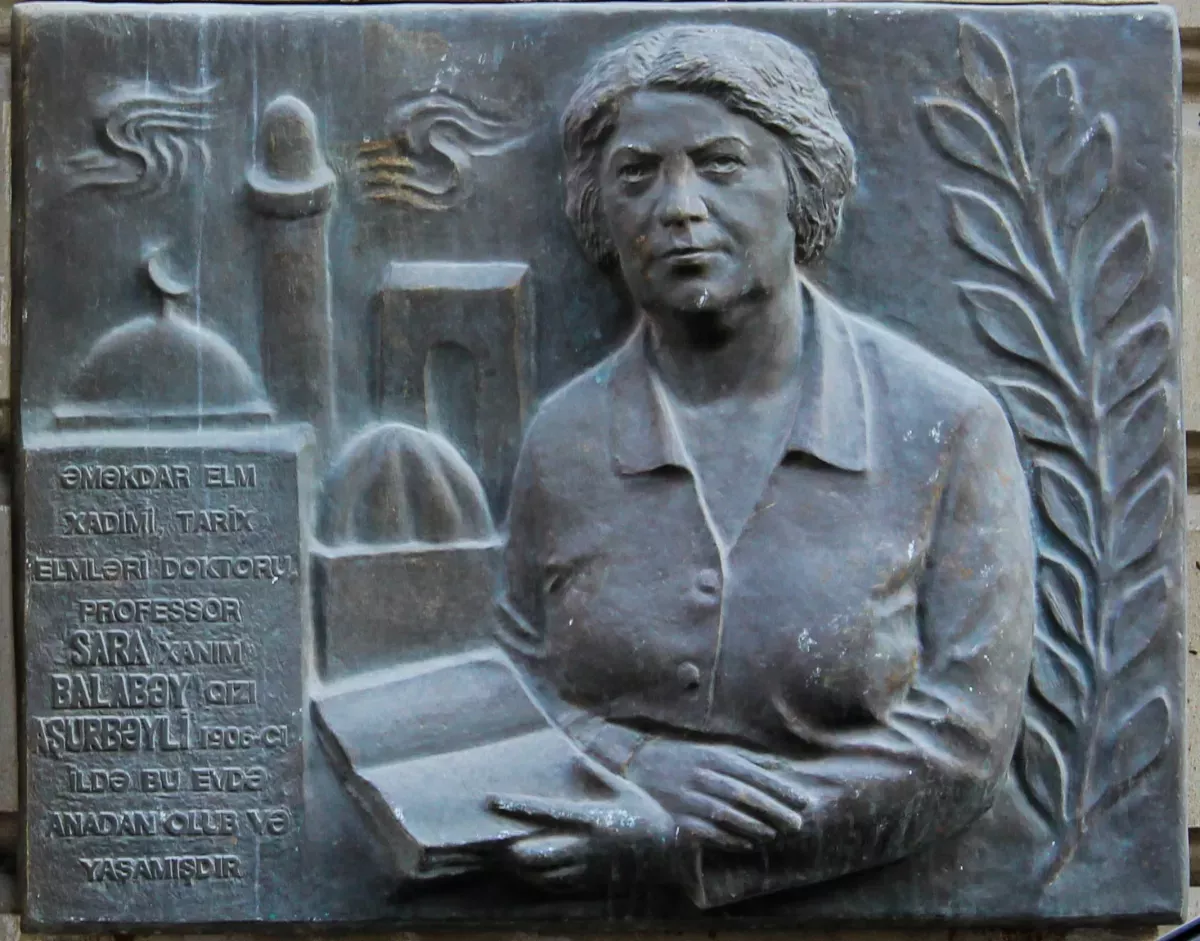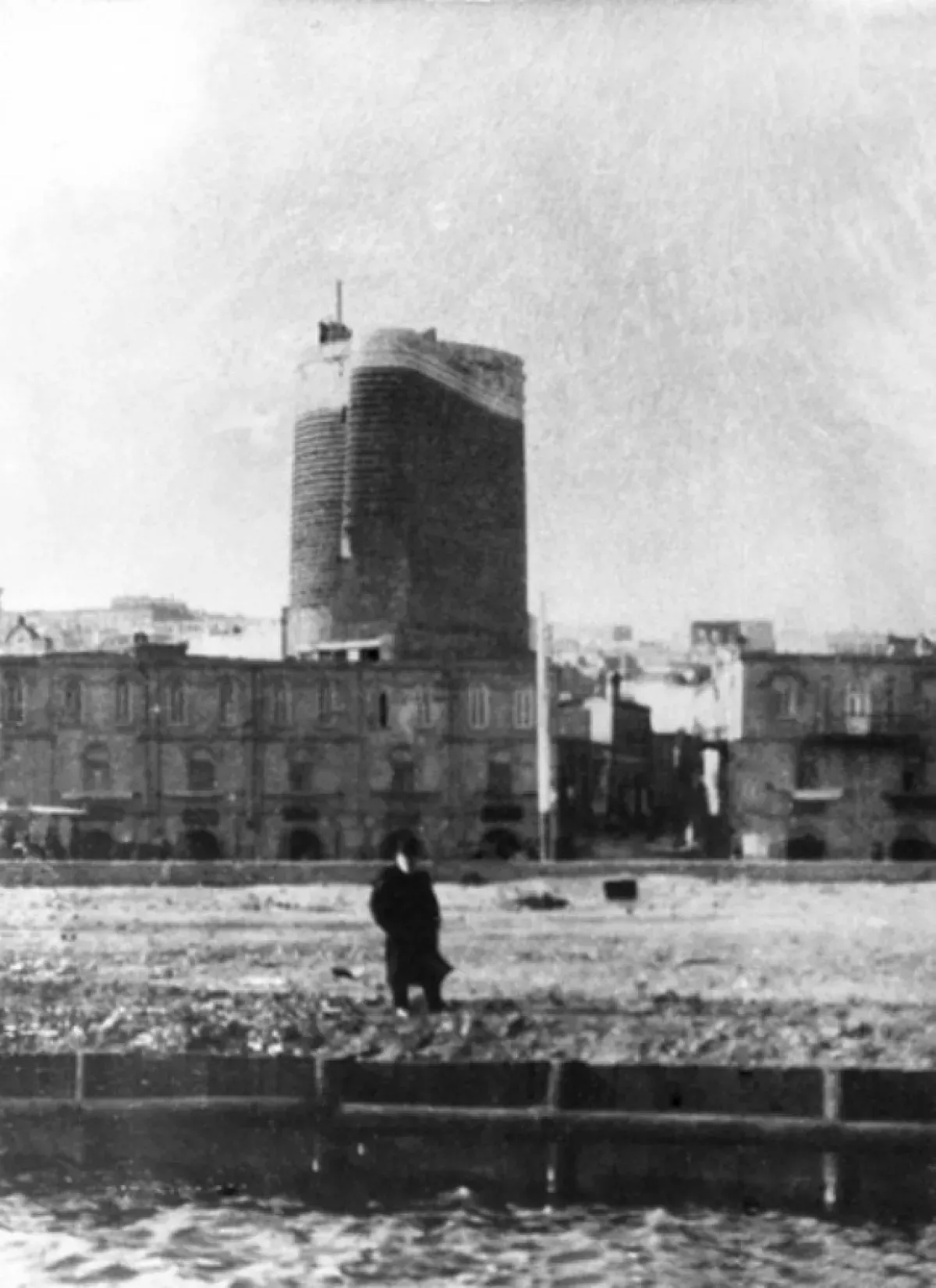Maiden Tower: Lighthouse, architectural landmark and symbol of Baku A journey into history on Caliber.Az
Since ancient times, lighthouses have stood as symbols of hope and salvation, guiding those lost amid stormy seas and raging waves back toward the safety of shore and instilling confidence in their imminent reunion with home. Standing solitary along coastlines, they came to embody resilience and fidelity to their purpose. Throughout the centuries, lighthouses have been more than mere feats of engineering; they entered maritime history as inspiring symbols — beacons, guardians, and faithful companions to sailors on their way home.
One of the earliest and most renowned lighthouses mentioned in literature was the Lighthouse of Alexandria, built between 283 and 247 BCE on an island off the coast of Alexandria, Egypt. The three-tiered structure, rising 120 meters high, was considered one of the Seven Wonders of the Ancient World and remained the tallest construction on Earth for centuries until it was destroyed by a powerful earthquake.

However, the story of lighthouses does not end with that legendary structure. The world’s oldest functioning lighthouse, still standing today, is located on the northern outskirts of La Coruña, Spain. This tower on the Atlantic coast was built by the Romans in the early 2nd century CE during the reign of Emperor Trajan and continues to serve as a testament to the brilliance of ancient engineering.

Other monuments have also served at times as lighthouses. The famous Statue of Liberty in New York functioned as one from 1886 to 1902, for example, greeting ships entering the harbour with the light of its torch.
Baku, too, has preserved many ancient and historically significant structures that have become an inseparable part of the city’s architectural and cultural identity. Among them, the Maiden Tower (Azerbaijani name: Qız Qalası) holds a special place. This majestic and mysterious monument rises in the southeastern part of the Old Town (Azerbaijani name: Icheri sheher) fortress. A unique masterpiece of Azerbaijani architecture, it has no similar match throughout the East and embodies the depth and individuality of the nation’s architectural heritage.

Scholars continue to debate the date of the tower’s construction and its original purpose — a mystery that only adds to its allure. Interestingly, throughout various eras, the Maiden Tower not only served defensive and religious purposes but also functioned as a lighthouse, guiding sailors safely toward the shores of Baku. Its light, reflected in the waves of the Caspian Sea, became a symbol of hope and salvation for those returning home from the vast expanse of the sea.
Built on a rocky coastal outcrop, the tower is made of local grey limestone and stands 28 meters high with a diameter of 16.5 meters. The walls are 5 meters thick at the base and 4 meters thick at the top. A protruding section adjoins the tower’s eastern side, though its purpose remains unclear. Within the walls are niches containing a ceramic pipe about 30 centimeters in diameter. Inside, a 21-meter-deep well was carved through the rock from the third level to reach groundwater — its water was clean and fresh.
As noted above, the date of the Maiden Tower’s construction remains uncertain. It is often attributed to the 12th century, based on an inscribed stone slab on the tower’s exterior. The Kufic inscription reads: “Gubbe (translated as dome/vault) of Masud ibn Dawud.” However, the writing appears to have been added later, as it is crudely set into the masonry — not above the main entrance but on the side, about 14 meters above ground level. It was likely a tombstone repurposed during repairs to fill a gap in the wall.

The renowned historian Sara Balabay Ashurbeyli proposed that the Maiden Tower was built in the first centuries CE. Historian Azad Nabiyev dated it to the 6th century, while Azerbaijani architectural historian Leonid Bretanitsky suggested that the tower was built in two stages: the lower section up to 13.7 meters in the 5th–6th centuries, and the upper portion completed in the 12th century.
Determining the tower’s original function is equally difficult. Over the centuries, many theories and interpretations have emerged. Some consider it a formidable defensive fortress designed to protect the city from invaders; others believe it was a sacred fire temple linked to ancient cults and beliefs. Still others suggest it served as an observatory — a place to study celestial bodies and the passage of time. Each of these hypotheses deepens the aura of mystery surrounding the monument, turning it into a symbolic reflection of Baku’s layered history and culture.
From the mid-19th century, the Caspian Sea began to attract comprehensive study due to its importance as a strategic region of the Caucasus — often referred to as the “Gateway to the East” — and as a vital trade route. In 1852, Mikhail Vorontsov, the Caucasian viceroy appointed by Tsarist Russia, proposed constructing lighthouses along the northern coast of the Absheron Peninsula. However, the plan was rejected due to a lack of funding.
The issue of maritime safety resurfaced after the tragic shipwreck of the large steamer Kuba near Cape Shuvalan (then called Shoulan) on September 14, 1857.
In the second half of the 19th century, the Maiden Tower once again served as a lighthouse. On May 11, 1858, an oil-lamp lantern with reflectors was installed in a specially constructed cabin at its summit, providing visibility for up to eight nautical miles (approx. 15 kilometres.)
Some lighthouses were painted with broad stripes or entirely white — a choice made more for functionality than aesthetics, as white towers stood out against dark cliffs and mountains. Because the tower’s outline blended into the landscape during daylight, the same principle was applied: in 1895, a wide white stripe was painted around its upper section.

The lighthouse light greatly facilitated nighttime navigation in Baku Bay, guiding ships safely toward the harbour. The Maiden Tower continued serving as a lighthouse until 1907, when its beam was increasingly obscured by the growing city lights, and the function was transferred to a new lighthouse on the Boyuk Zira Island.
Since 2000, the Maiden Tower has been included on the UNESCO World Heritage List, underscoring its exceptional historical and cultural significance. Today, it still towers over the narrow streets of Icheri sheher, remaining the foremost symbol of Baku and one of Azerbaijan’s most recognizable landmarks. Its mysterious history, legends, and distinctive architecture continue to captivate researchers, travellers, and all those who seek to touch the living memory of the past. The Maiden Tower stands not only as a guardian of ancient secrets but also as an eternal reminder of the city’s centuries-old history, spirit, and beauty.
By Vahid Shukurov, exclusively for Caliber.Az








